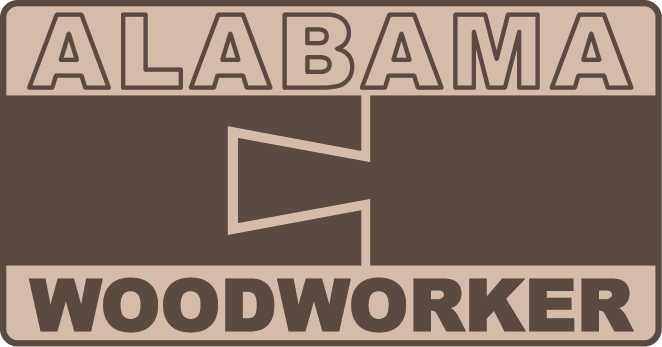Milling lumber S4S (surfaced 4 sides) is the first step to producing great furniture
*This post is sponsored by The Home Depot
Links below are affiliate links, clicking on them helps me keep this site going at no extra cost to you . Thank you for supporting my site.
Milling lumber S4S (surfaced 4 sides) is the first step to producing great furniture. Here’s how I go about milling my lumber to get square and parallel.
It’s always important to allow your lumber acclimate to your shop. My shop is climate controlled so there tends to be less humidity in my shop relative to the warehouse these boards were stored in. So I allow at least a week (sometimes 2-3 weeks depending on where they came from and how they were stored and dried). I first come up with a cut list of final dimensions for my furniture parts. My general rule of thumb is to rough cut my material 1/2” greater in length, and 1/4” great in width. I also want to make sure I have enough material in thickness to eliminate any cupping or bowing through the jointing process.
Laying out the rough dimensions of my furniture pieces
Next I crosscut my material to rough length at my Makita 18V X2 (36V) BL MITER SAW. I'm using the Makita Jobsite Miter Saw Stand which is great for processing rough lumber because it's portable and can be moved around to open space for those really long and cumbersome boards. I make sure to use my hold down clamp and take progressively deeper cuts until I'm all the way though my material to ensure I don't get kick-back. When handling rough lumber, I like to use Firm Grip PRO-Fit Flex Impact Gloves. These gloves help protect my hands against splitters, abrasion and impact. They're also extremely comfortable because they flex with my natural hand movement.
The portable job site miter stand is great to place in an open area for those long and heavy boards
The hold down clamp ensures the board doesn’t move while cross cutting
Next I’ll rip the board down to rough width on the bandsaw. I think the bandsaw is a much safer tool to rip rough lumber. I don’t use the table saw because any slight twist, cup, warp, or internal stresses within the rough lumber can cause the table saw blade to bind. While a bandsaw blade could also bind, there’s less surface area and all of the energy from the blade is being directed down as opposed to towards the user. Just keep that in mind.
Cutting to rough width on the bandsaw
I like to do my milling in stages. I’ll do an initial face jointing operation to get the face of a board relatively flat and then plane just take off an even surface and get the two face parallel. I’ll then let the boards rest for a couple of days and come back and face joint again and plane to final thickness once I’m ready to start machining the furniture parts. This allows the wood to “move” as it looses moisture through the initial milling process. The final jointing and planing gets the faces flat and parallel right just in case there was any wood movement.
Face jointing get the face of the board flat
Planing is done after face jointing to get two parallel faces. When planing to final thickness, I try to take an equal amount off of both faces.
When I’m planing to final thickness, I like to take an equal amount on both faces. This way I’m introducing an equal amount of new material to the environment and is less likely to get a cup or a bow post processing. Once I’ve planed down to final thickness, I’ll edge joint. This edge the edges of my material nice and straight. For material wider than 1 inch, I’ll run the jointed edge against my planer bed and use the planer to machine the rough edge down to final width. For stock less than 1 inch, I like to use the table saw. The planer is a much more accurate tool to machine down to final width. However, stock less than 1 inch can be “tippy” on the planer bed.
Edge jointing to get a straight and flat reference edge








